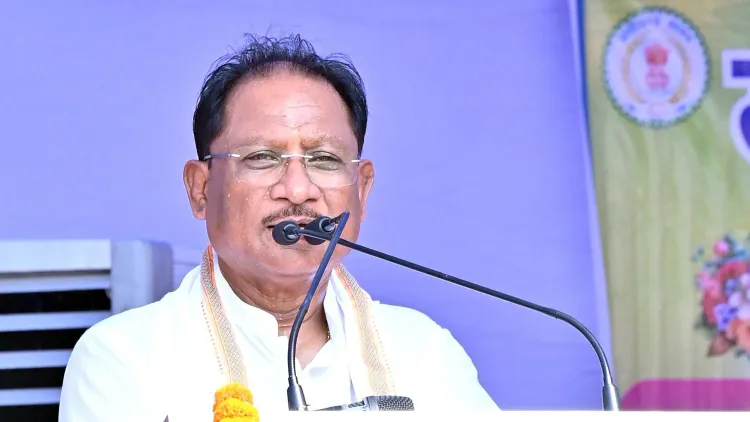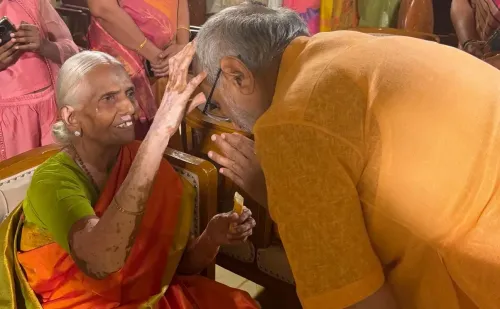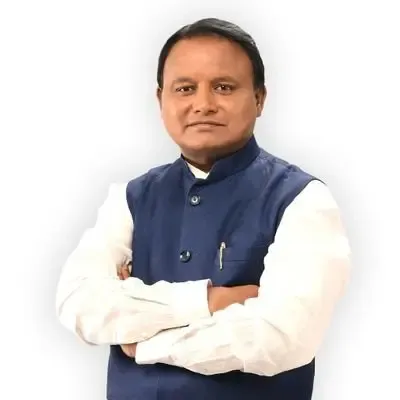Is Chhattisgarh Set to Recruit 5,000 Teachers?

Synopsis
Key Takeaways
- The Chhattisgarh government is initiating the recruitment of 5,000 teachers.
- This move is part of a broader strategy to improve education in the state.
- Controversy surrounds concerns about potential job losses.
- The government aims to rationalise schools to enhance student-teacher ratios.
- Over 5,500 government schools have only one teacher or none.
Raipur, June 1 (NationPress) The government of Chhattisgarh has unveiled plans to recruit 5,000 new educators, as Chief Minister Vishnu Deo Sai has directed officials to commence the recruitment process promptly.
This declaration was made during the closing phases of the 'Sushasan Tihar' initiative, a widespread campaign aimed at enhancing governance accessibility.
In a social media post, the Chief Minister highlighted that the hiring of teachers marks the commencement of a broader initiative to elevate education standards in the state.
A pivotal decision during the campaign was the rationalisation of schools, a strategy anticipated to have a profound impact on the educational landscape of the state.
The government intends to implement teacher recruitment in stages, with the initial phase focusing on hiring 5,000 teachers.
However, this announcement has ignited controversy.
The state Congress party has condemned the decision, arguing that it could result in the elimination of over 45,000 teaching positions throughout the state.
Regarding the government's rationalisation efforts, Congress leader and former Deputy Chief Minister TS Singh Deo remarked to IANS, "This is not a novel initiative. Even during the BJP administration, approximately 2,000–2,500 schools were closed under the guise of rationalisation. This same approach is being repeated now."
While it is reasonable to remove teachers from schools where their numbers surpass sanctioned limits, the situation is dire in areas lacking teachers altogether.
According to existing data, out of more than 56,000 government schools in Chhattisgarh, over 5,500 schools have only one teacher, and some have no teachers at all. If this strategy is purely for cost-cutting, it represents a fundamentally flawed and inhumane approach.
Nonetheless, the government has clarified that the rationalisation aims to improve student-teacher ratios, raising the number of students per teacher from 21.48 to 30 in primary schools and from 26.2 to 35 in middle schools.
Critics contend that this could lead to the elimination of one-third of current teaching positions, thereby diminishing the necessity for new hires.









